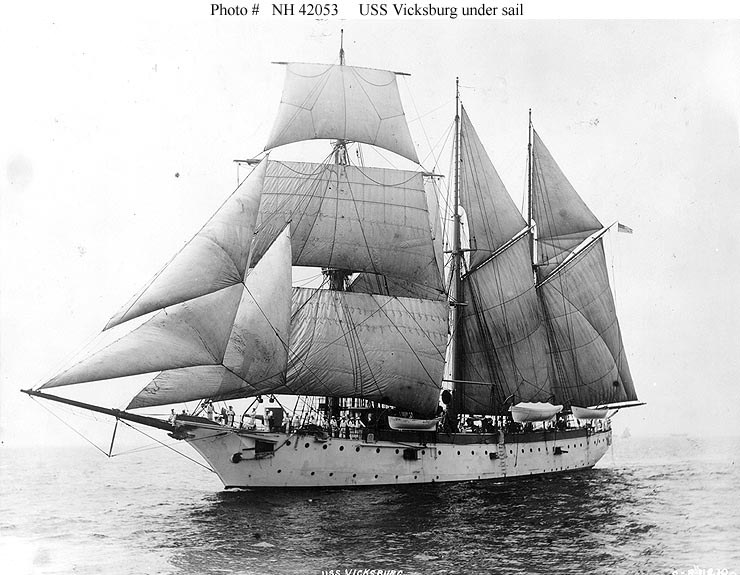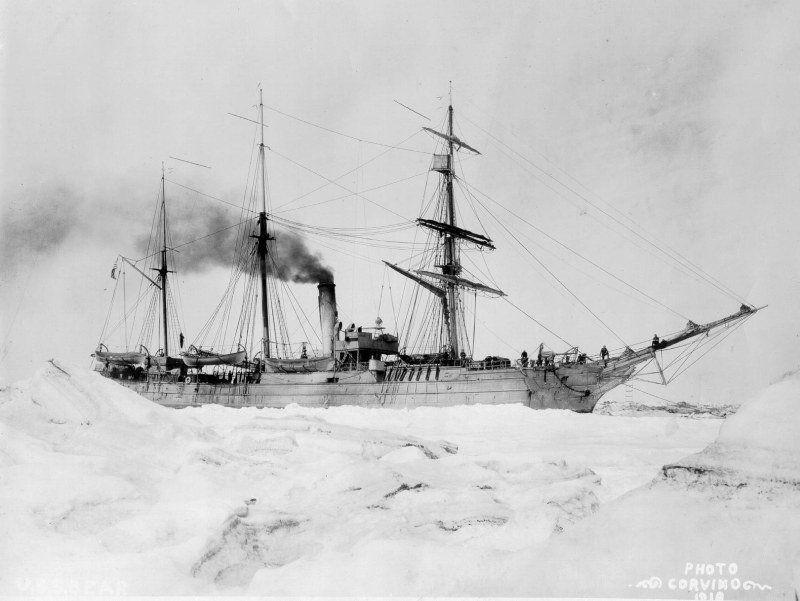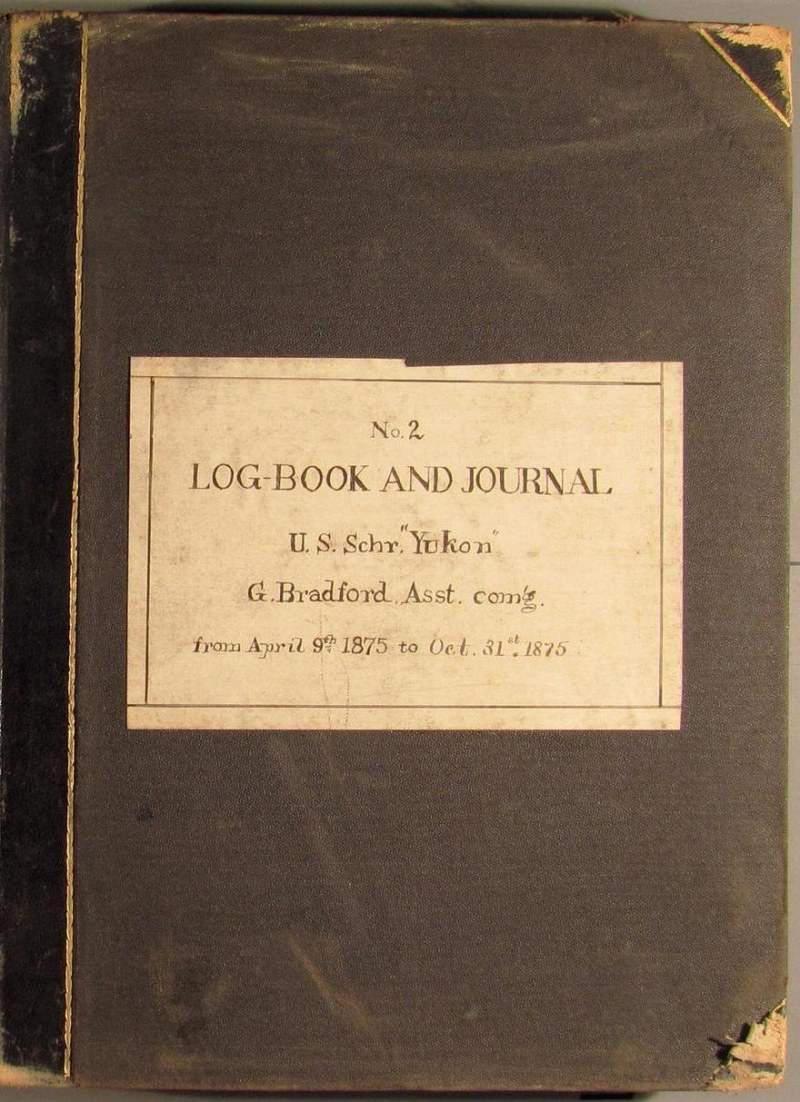
‘Crew’ Needed for Sunken Ships

Longtime Bay sailor and Latitude proofreader extraordinaire Jean Ouellette tipped us off to an interesting volunteer opportunity for those intrigued by old ships or old weather. "Old Weather is a project of the National Archives," Jean explains. "They’re seeking volunteers to transcribe logs from historic and modern Arctic-voyaging ships in order to gain a more complete record of weather and climate conditions. Ships include the revenue cutter Bear (1874), the gunboats Vicksburg (1896) and Concord (1888), the barkentine-rigged steamer Patterson (1884), and several others."

In the age of computers, it’s natural to wonder why these logs aren’t just scanned and translated by machines. Unfortunately, handwriting — especially the lovely, flowing script from days of yore — is difficult for computers to analyze. Throw in odd abbreviations or the occasional blob of ink, and it’s nearly impossible. Plus, humans are better at identifying important information and events.

In addition to learning more about various ships’ histories and socializing with other like-minded sailors on the site’s forum, volunteers work their way up in the ranks of each ship’s ‘crew’, earning points for their contributions. How cool would it be to say you were the captain of Yukon, a Maine-built schooner that was one of the first vessels to survey the waters of Alaska? With only 7% of its logs transcribed, and the current captain only having 1,859 points, it’s an attainable goal for the stout of heart, hale of spirit and speedy of internet.
